The Colosseum is obviously a must-do for your visit to Rome.
But there are a lot of different ways for you to experience the magnificence of the Colosseum. You can opt for a standard tour and just check out the sights or you can go for a more engaging experience and explore the mysterious underground chambers, walk on the arena floor, or even visit during the night when things are quieter.
Depending on how you want to explore the Colosseum, you’ll want to buy the right type of tickets. So here’s everything you need to know about Colosseum Rome.
I’ll provide you with some interesting history of the Colosseum and some things to know about the area first, but if you’d like to just skip ahead to find tickets you can click here.
Table of Contents
When was the Colosseum built?
Construction of the Colosseum, also known as the Flavian Amphitheater, began under the emperor Vespasian in AD 72 and was completed in AD 80 under his son and successor, Titus.
That makes this structure nearly 2000 years old.
The construction of the Colosseum was funded by the booty taken from the Jewish Temple after the Siege of Jerusalem. An estimated 100,000 Jewish prisoners were brought back to Rome after the Siege, and many of these prisoners were used for the Colosseum’s construction.
They performed some pretty exhausting work like transporting the quarried stones 20 miles from Tivoli to Rome.
Along with the prisoners, professional Roman builders, engineers, artists, painters and decorators performed the more specialized tasks needed to complete the Colosseum.
In the end, dimensions of Colosseum were 513 by 620 feet, give or take a few feet depending on who you ask. The height of the outer wall is 48 meters or 157 feet.
It’s estimated that the Colosseum could hold between 50,000 and 80,000 spectators, which is comparable to some NFL stadiums.
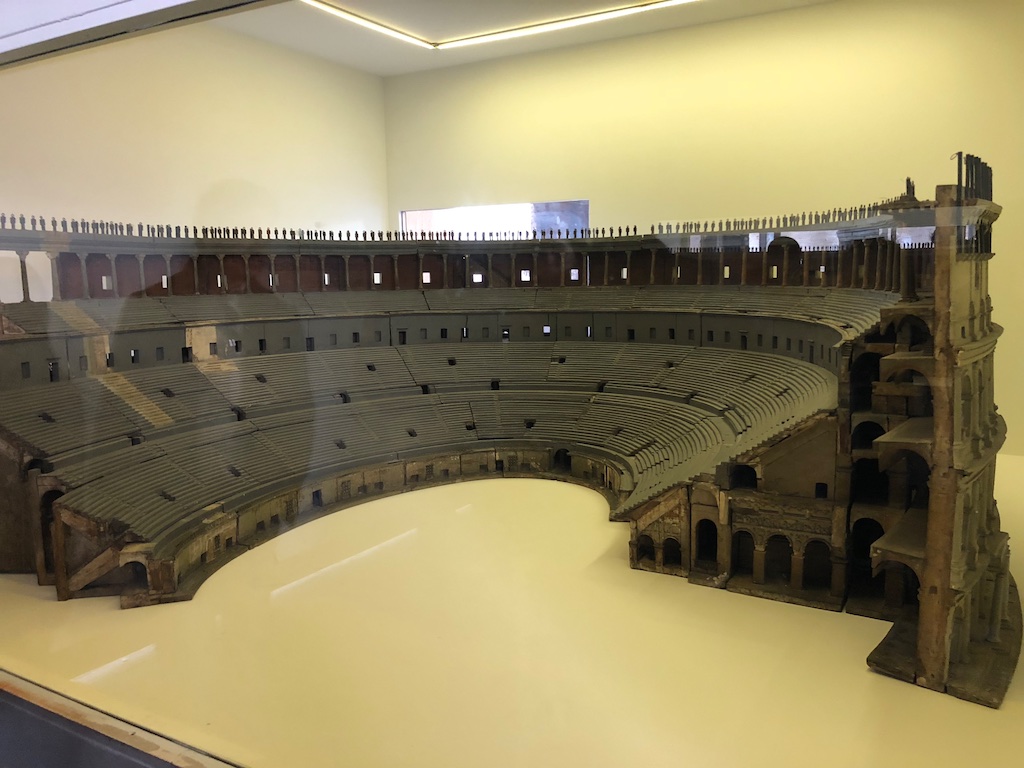
The Colosseum was originally much more adorned than you probably imagine.
There were bronze, 16-foot statues placed between all of the arches surrounding the structure and bronze shields circling the top of the Colosseum.
There was also a massive chariot statue over the entrance where the emperor would enter.
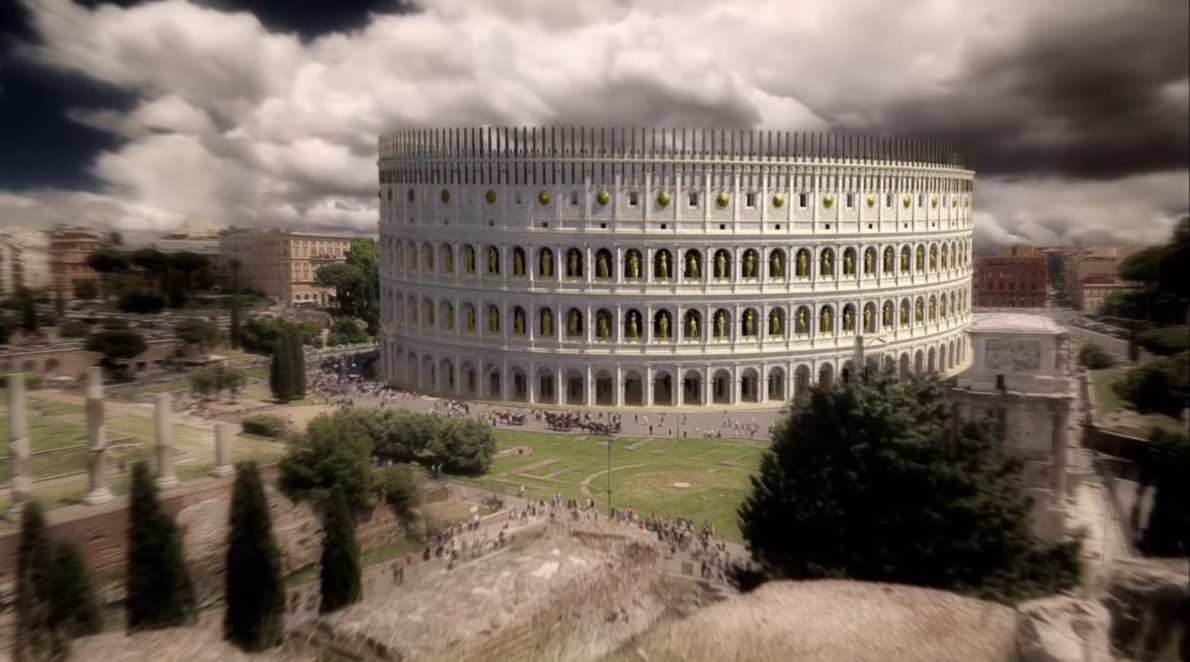
Why was the Colosseum built?
Before the Colosseum was built, the former emperor Nero built a vast pleasure palace known as the Domus Aurea.
It was an extravagant area with a man-made lake surrounded by gardens, all built by confiscating land from the people.
But this emperor was driven from the throne and committed suicide as Rome was engulfed in civil war.
Emperor Vespasian decided that he wanted to send a message that he was a “for the people” kind of guy and so he oversaw the construction of the Colosseum which would be for the people and built right over the former palace.
The Colosseum is also seen as a symbol to Rome’s rise at the time and attitude towards military power.
What was the Colosseum used for?
The Colosseum was used for just about everything over the past 2,000 years.
But there are a few uses that definitely stand out.
Gladiatorial contests
Perhaps most famously, it hosted gladiatorial contests.
Contrary to popular belief, most of these gladiator bouts were not fights to the death.
Instead, gladiator contests were usually fights operated under strict rules and regulations and were fights between two men of similar size and experience. Referees also oversaw the fights, so these contests were more similar to a modern day MMA match than you’d think.
It was really expensive to house, feed and train gladiators so their promoters definitely didn’t want them killed. In fact, evidence suggests that gladiators received great healthcare and were put on healthy diets to keep them fighting as long as possible.
Historians estimate that somewhere between 10% to 20% of the bouts actually left the participants dead.
Many gladiators were slaves or prisoners but over time more people voluntarily enrolled in gladiator school. That’s because it offered a chance for fame and fortune, as successful gladiators were often very handsomely rewarded.
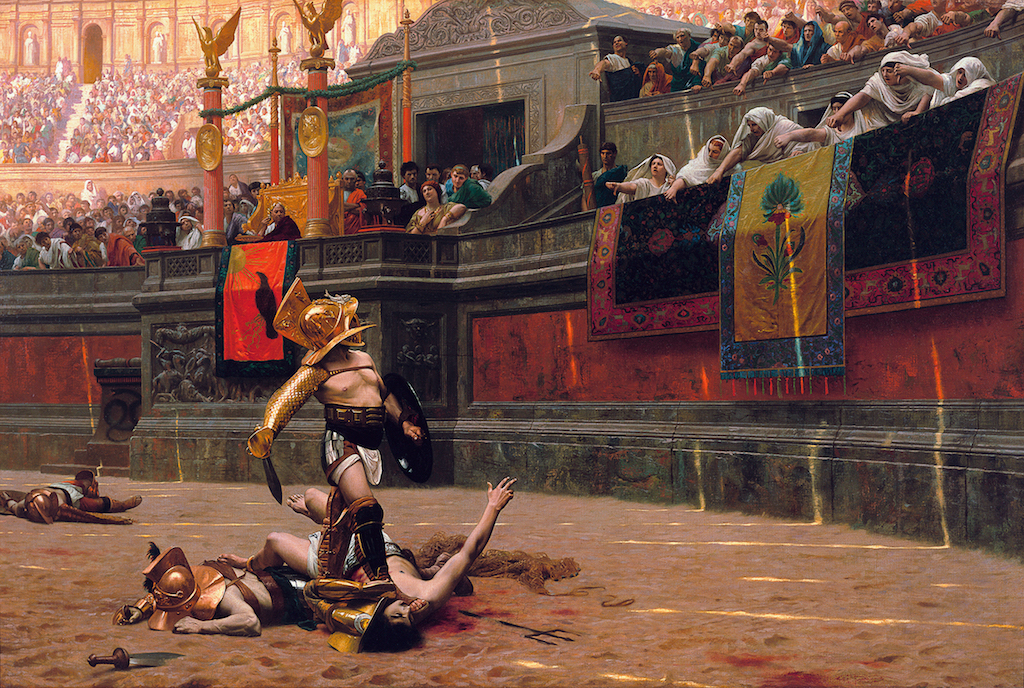
Mock sea battles
Here’s something that many people are astonished to find out: the Colosseum was actually flooded for mock naval battles.
The Romans put on staged sea battles, called “naumachiae,” where sometimes thousands of prisoners would fight to the death. These were often held in basins near rivers which could be flooded and were very extravagant events where sea creatures like seals and hippos would sometimes be brought in.
Titus ordered the Colosseum to be flooded and they utilized special special flat-bottomed ships for the shallow water. We’re still not sure exactly how these battles were organized but they likely used ships that were smaller replicas of real Roman ships.
The first naumachia at the Colosseum is said to have involved 3000 combatants and was meant to replicate the battle between Athens and Syracuse. They even made a small artificial island made in the middle of the arena, where sailors could continue their fights.
One can only imagine the sights and sounds that these battles produced and the insane logistics required to pull these spectacles off. Because so much work was required for these events, they were rarely held.
Animals in the Colosseum
The Colosseum was a hot-spot for wild animals. Some of the animals that made appearances include:
- Antelopes
- Bears
- Boar
- Bulls
- Buffaloes
- Camels
- Cheetahs
- Chimpanzees
- Crocodiles
- Deer
- Donkeys
- Elephants
- Giraffes
- Goats
- Hippopotamus
- Jaguars
- Leopards
- Lions
- Panthers
- Rhinoceros
- Tigers
The animals played various roles.
For example, some were brought in just to perform tricks but one very popular reason they were brought in was for hunting shows.
These shows were also called venationes and the animal hunters were called venatores.
Herds of animals like boars would be let loose and then archers would slaughter the animals to the amazement of the crowd. To make things interesting, they would put the archers on horseback or fill the arena with obstacles like bushes.
These hunts were typically mornings shows that were put on before the main gladiator battles in the afternoon.
Some animals were used in gladiator battles (these fighters were known as Bestiarii) and others were used to execute prisoners, where the prisoner would be left alone in the arena with one or more wild animals.
Many animals were slaughtered in the arena. In fact, during the inauguration of the Colosseum over 9,000 animals were killed.
Interestingly, the Romans mostly refrained from harming wolves due to their religious importance to the Romans.
Later uses for the Colosseum
The Colosseum underwent several changes during the medieval period.
The arena at one point was converted into a cemetery and the vaulted spaces under the seating were converted into housing and workshops, and later it was used as a castle.
in 1349, an earthquake damaged the Colosseum and much of the tumbled stone was used to build palaces, churches, hospitals, and other buildings in Rome.
During the 16th and 17th century, plans were made to the Colosseum as a wool factory in order to employ for Rome’s prostitutes but this never occurred.
Eventually, the site was seen a valuable and even sacred site and many efforts were made to preserve the structure.
Despite the chaotic history over the centuries, the Colosseum has become a symbol of the international campaign against capital punishment (which by the way) was abolished in Italy in 1948.
In fact, local authorities of Rome change the color of the Colosseum’s night time illumination from white to gold whenever there’s a victory against the death penalty (when someone gets a sentence commuted or if a jurisdiction abolishes the death penalty).
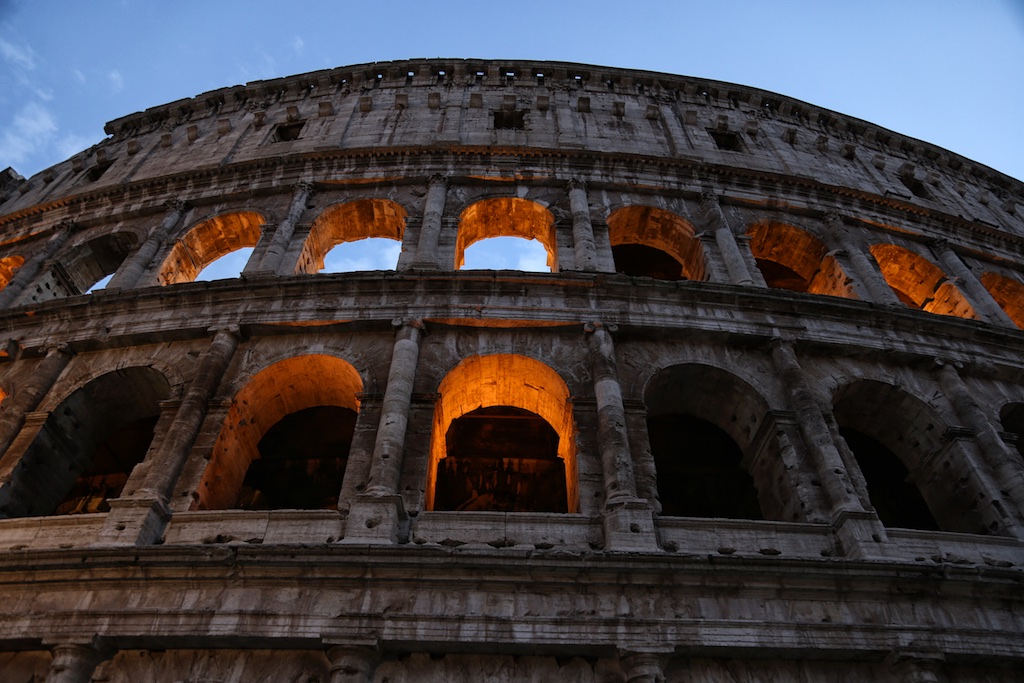
Where is the Colosseum?
The Colosseum is in the heart of Rome, Italy.
From the airport (FCO)
The Colosseum is about a 30 minute taxi ride from Leonardo da Vinci Airport (FCO). The taxi ride will cost abut €48 (for up to four people) or you could always take the Leonardo Express, which should run every 15 minutes.
So if you’re visiting Rome on a layover, there’s definitely a chance you might be able to get out and check it out.
You can see a lot of the Colosseum in just an hour, so if your layover is six hours or more, you should have enough time to get to the Colosseum, wander around inside for a (short) while, and to make your way back.
But you do need to be mindful about traffic, immigration, lines, and your luggage. The amount of time you have to do a layover visit will vary depending on what time of day and year you’re traveling.
From Roma Termini train station
It’s also only about five minutes away from the Roma Termini train station via the train or a taxi. The Metro runs to the Colosseo station, which is right next to the Colosseum.
From other Rome attractions:
Rome is a beautiful city to walk around in so if the weather is nice you might want to go for a stroll between the major Rome attractions.
Here’s how long it will take to walk to certain destinations:
- Basilica di San Clemente: 5 minutes
- Santa Maria della Vittoria: 25 minutes
- Trevi Fountain: 20 minutes
- Pantheon: 25 minutes
- Church of San Luigi dei Francesi: 27 minutes
- Spanish Steps: 30 minutes
- Vatican City/Sistine Chapel: 50 minutes
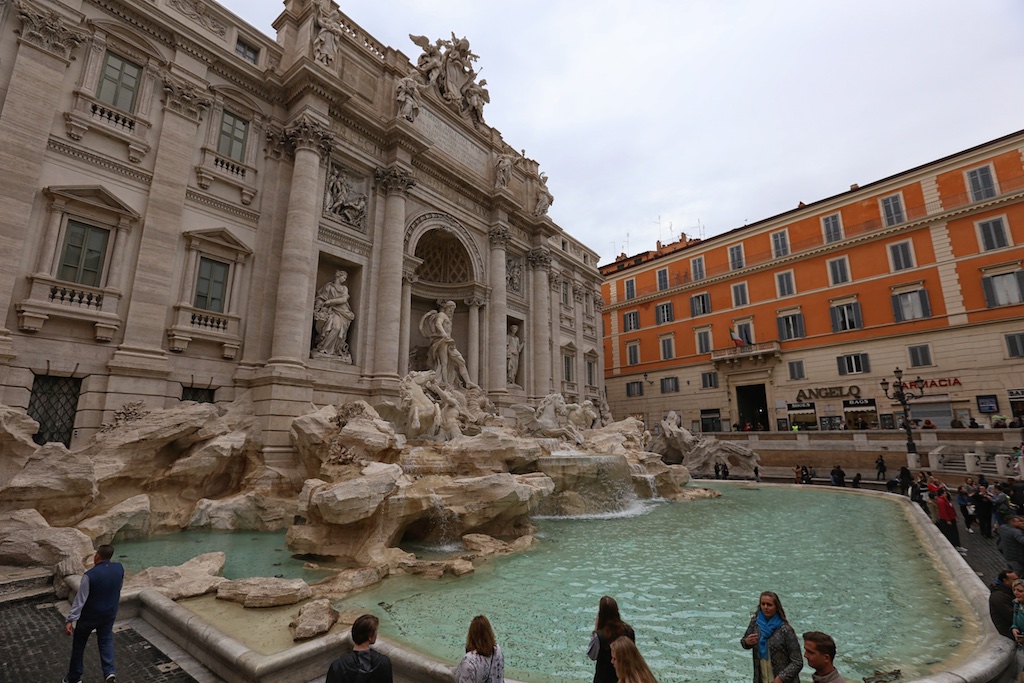
Hotels near the Colosseum
If you’re looking for a great hotel to stay at right next to the Colosseum, then I recommend the Palazzo Manfredi. (Read my review here.)
It’s a beautiful boutique hotel with a Michelin star restaurant on the rooftop.
Each morning we stayed there, we had breakfast overlooking the Colosseum which was an almost surreal view. Some of the rooms have direct views of the Colosseum too, which is very impressive.
It’s also nice that you can just walk a block over and boom — you’re at the door steps to the Colosseum.
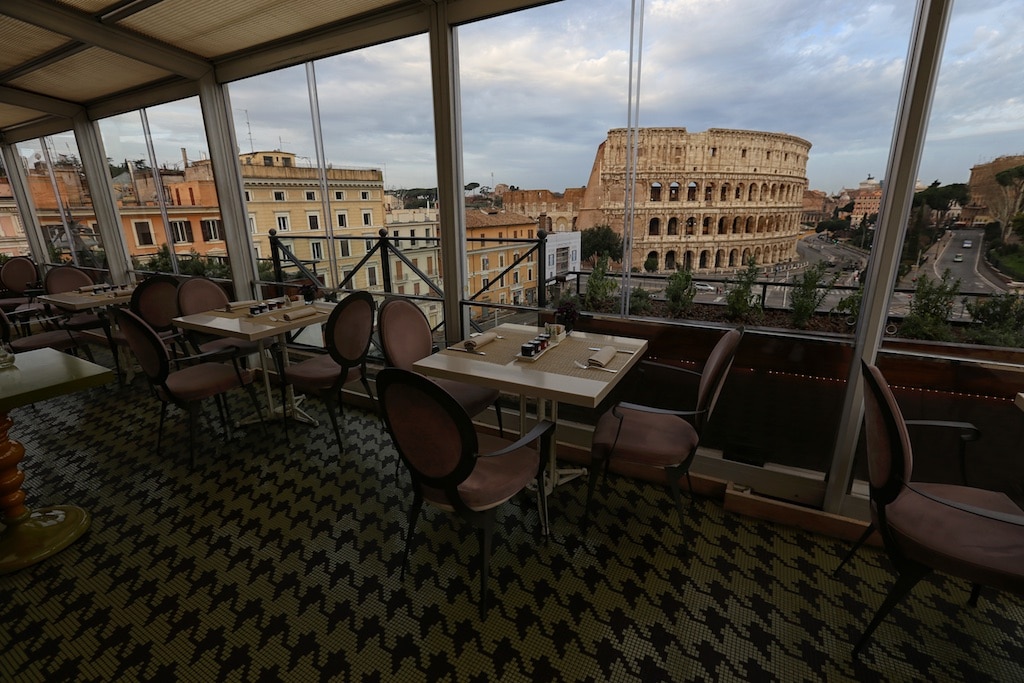
Pizzeria & gelato near the Colosseum
There’s nothing like finishing up a visit at the Colosseum and then enjoying some authentic Italian pizza.
Many people will warn you about tourist traps near the Colosseum so beware of those. I can personally vouch for two places though.
I’d recommend trying out Naumachia Ristorante for some great pizza within a couple of blocks of the Colosseum.
We also loved Gelateria da Costanza for gelato, which is also located very close to the Colosseum. I’m not sure how authentic the gelato is there but we really enjoyed it.
You can find more places to eat near the Colosseum here.
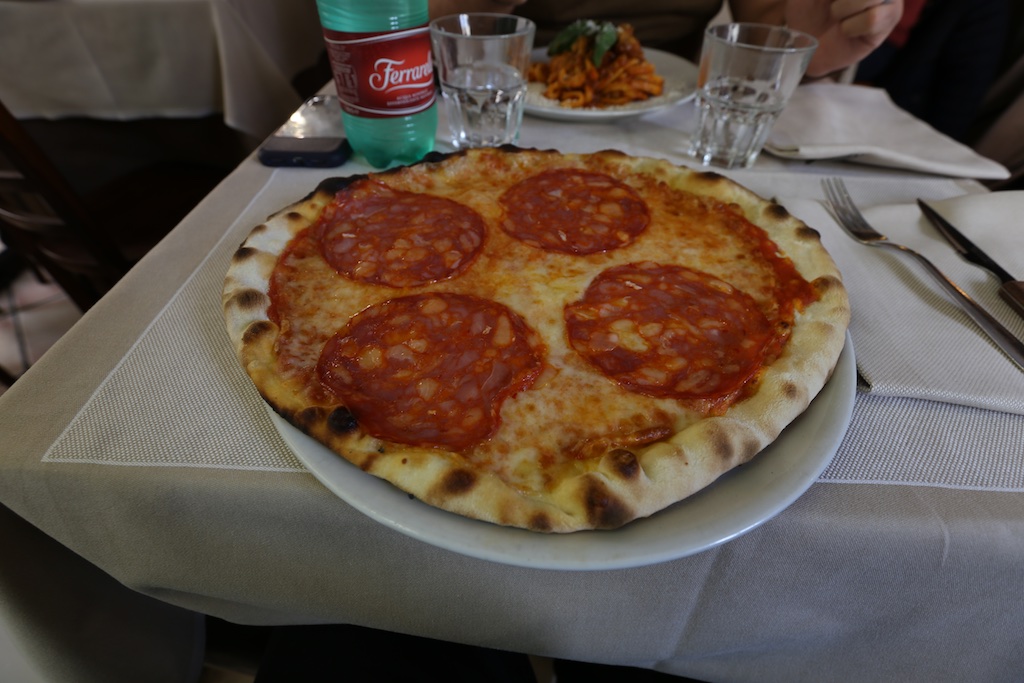
The Roman Forum & Palatine Hill
In addition to the Colosseum, you’ll probably also want to check out these two locations below which are often bundled with guided tours of the Colosseum.
Guided tours of these two locations are great because it’s not always easy to know the significance of these ruins.
The Roman Forum
The Roman Forum is a rectangular plaza surrounded by the ruins of several important ancient government buildings at the center of the city of Rome.
The site was first was first developed near the 7th century BC, and over time it organically grew as the hub of daily life in Rome for centuries.
There are a lot of ruins scattered around the Forum so it’s often a good idea to have some sort of a map or go with a guide.
Some of the highlights of the Roman Forum include:
- Temple of Antoninus Pius
- Temple of Castor and Pollux
- Temple of Saturn
- Arch of Septimius Severus
- The Curia
You can download a map of these sites here.
Palatine Hill
The Palatine Hill is the most iconic of the Seven Hills of Rome and is one of the most ancient parts of the city, overlooking The Forum and and the Circus Maximus.
It was once the home of aristocrats and emperors and believed to be the location of the Lupercal (the cave where Romulus and Remus were found). Some state that it was home of the first Romans.
Today, the Palatine is known for being an archaeological site, where the ruins of the Flavian Palace and Stadium of Domitian, and Hut of Romulus can all be seen.
Tip: Because the Palatine is on higher ground, you might get a better breeze and be cooler so consider visiting Palatine Hill during a hot part of the day.
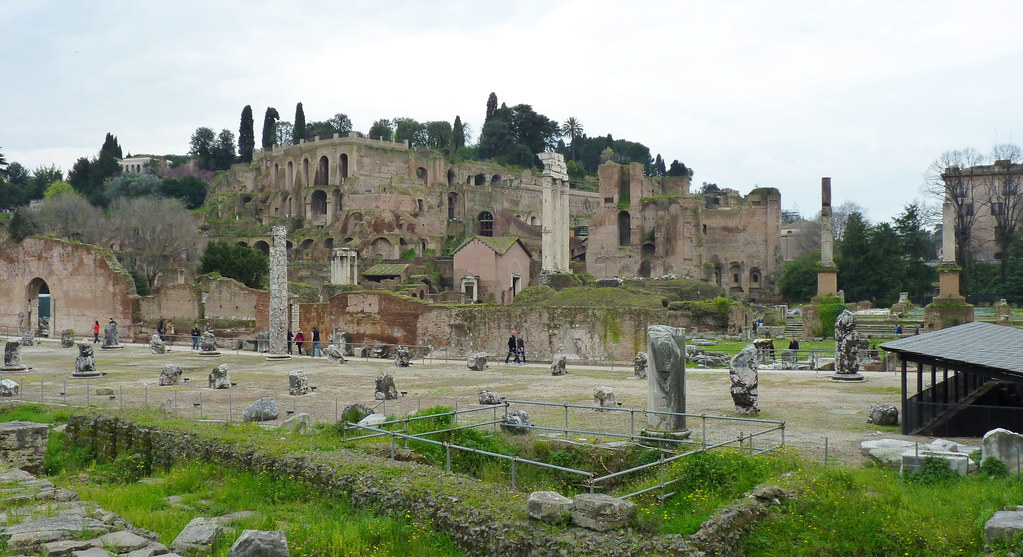
Ludus Magnus
Another spot that you might want to check out is Ludus Magnus, located across the street from the Colosseum on the east side.
This was the site of the most prominent gladiator school in Rome where gladiator students would eat, train, and sleep.
It’s only partially excavated so there’s even more to it.
After arriving to the ludus, gladiators would be separated based on their fighting ‘specialty’ and placed under the general oversight of a lanista.
The training would open to the public and it’s said that the seating area at this ludus could hold approximately 3,000 spectators.
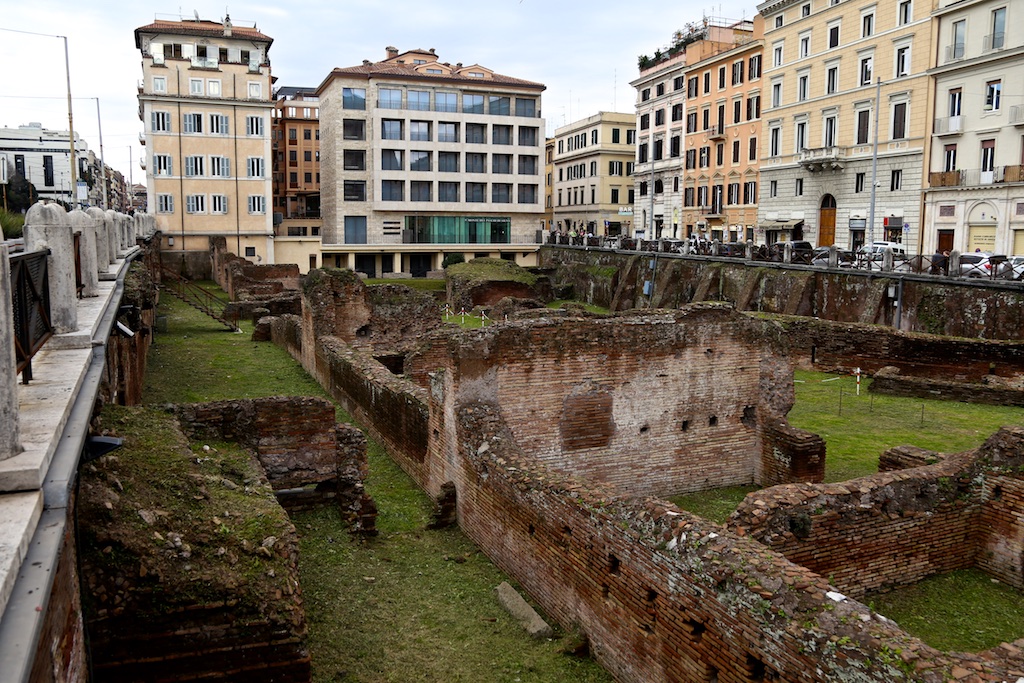
Colosseum Rome Tickets
There are different types of tickets for the Colosseum that you can purchase based on the type of experience that you want to have.
The standard experience (fast track)
The standard Colosseum experience is to gain admission into the Colosseum and have access to the first and second floor of the Colosseum.
You’ll have sweeping views of the interior of the structure and be able to walk through all of the galleries and exhibits set up on the second floor.
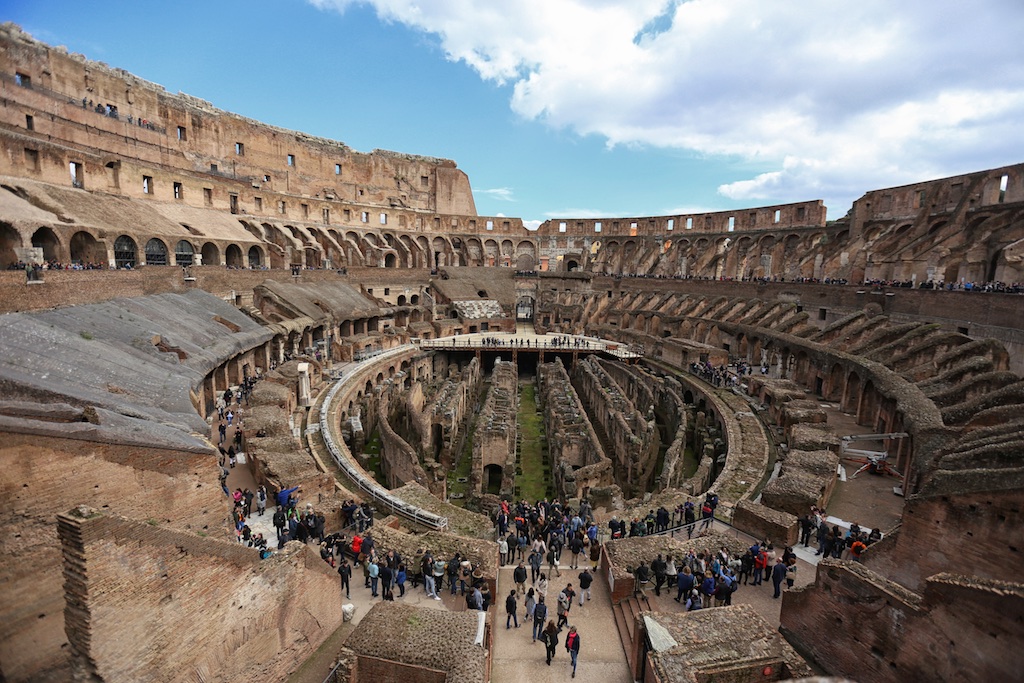
For someone who just wants to check the Colosseum off of their bucket list and get some great photos, this is really a great option.
You’ll be able to walk through both main levels of the structure and see all of the different exhibits that might be on display, allowing you to get educated on the Colosseum’s rich history.
The lines can get really long to gain entry and get through the Colosseum so I would also advise you to look into options for skipping the line with fast track.
This will make your Colosseum much less stressful and also help free up time so you can spend more time taking in the sights of Rome.
Audio guided tour
If you really want to dive deep into the history of the Colosseum then you might want to consider going for an audio guide tour.
These tours will provide you with all sorts of different insight into the Colosseum and the neighboring Roman Forum.
If you’re a true history buff, then you might want to go with audio guide or even a live person as a guide.
The Colosseum arena floor tour
The standard entry will not get you access on to the arena floor.
It’s exciting to enter the Colosseum but I think it’s even more interesting to stand on the reconstructed arena floor and admire the views that the Gladiators would’ve had of the Colosseum.
There’s something about standing in the same places as those people who walked into the Colosseum almost two thousand years ago that I think is pretty special.
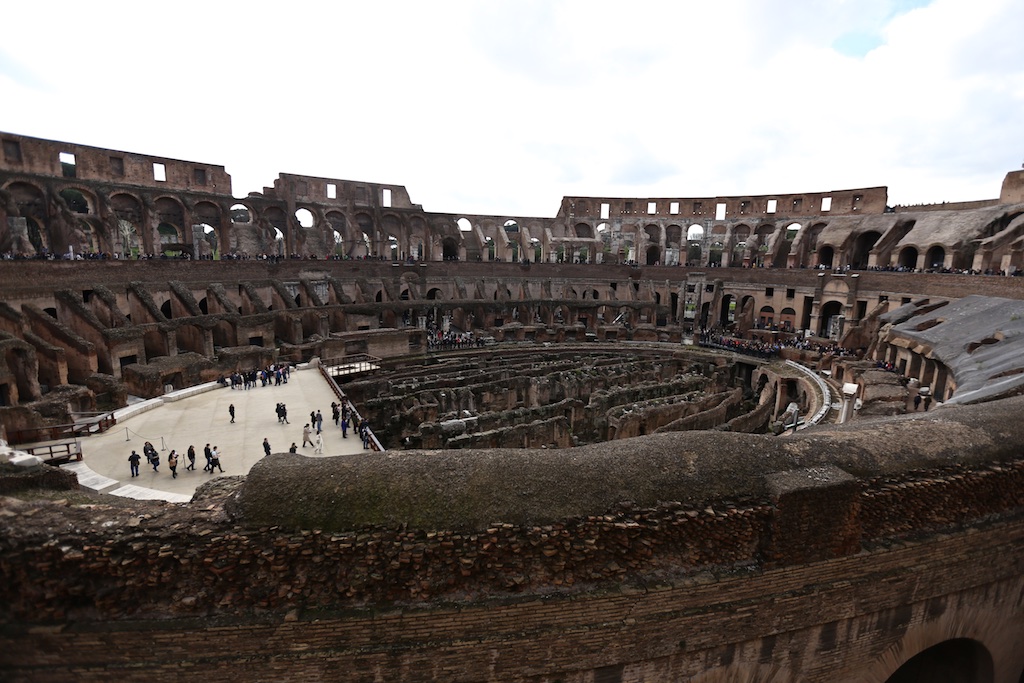
Colosseum underground tour
If you really want to make your Colosseum experience unique then consider booking a tour that will take you underground.
You’ll get to see the remnants of the innovative pulley and winch systems that hoisted gladiators, wild animals, and other combatants into the arena. You can even stand in the dungeons where gladiators were held before being thrown into the action.
It’s really fascinating the way that the Romans constructed the trapdoors underneath the Colosseum. If you’re interested in learning more about how they accomplished this, check out this documentary.
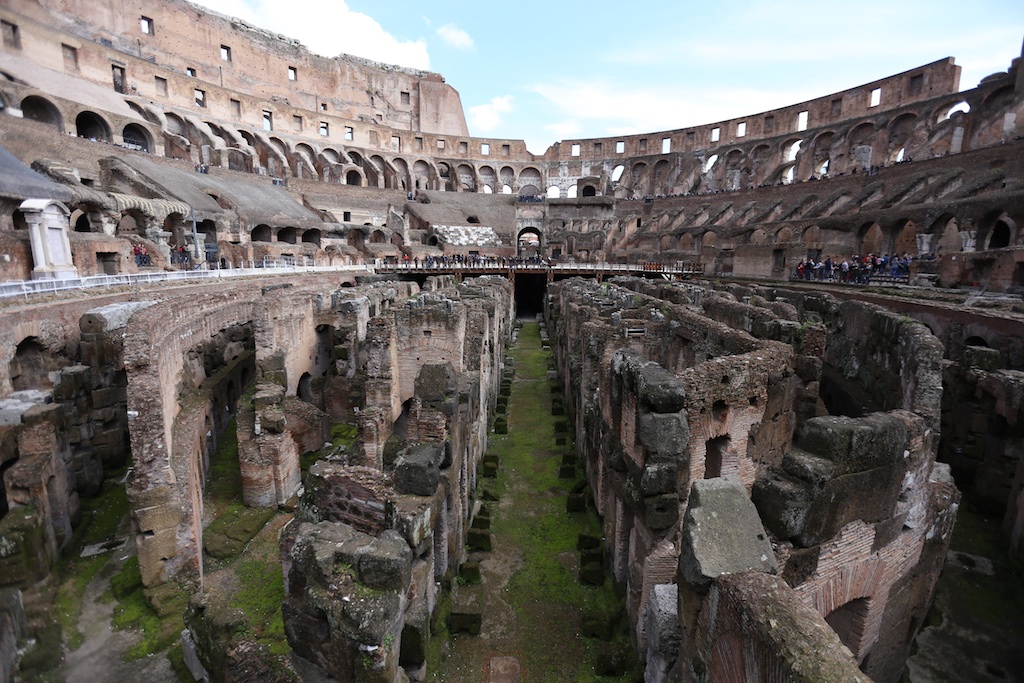
Colosseum night tour
The Colosseum is beautiful at night and you can even get a VIP experience.
On this VIP tour, you’ll have the chance to visit its underground corridors, the arena, and the first ring of the seating area.
This is a great option if you’re trying to get away from the crowds and if you’re visiting during a time of year when it’s hot outside since it should be cooler in the evening.
It’s also cool for the simple reason that it offers a different way to view and experience this historical wonder.
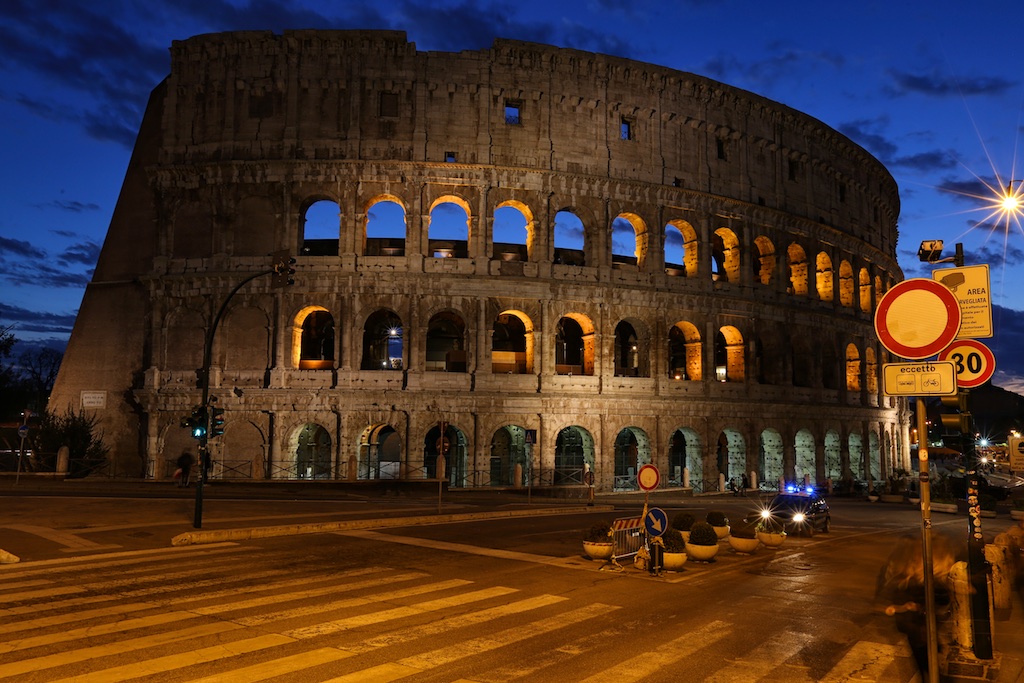
Hop-on Hop-off tour (with Colosseum entry)
Hop-on hop-off tours are usually some of the most cost-efficient ways to explore a city.
You can combine a hop-on hop-off tour with admission to the Colosseum with this tour.
Experiencing the Colosseum Rome
We first met up with our Tiqets group which was very easy to find given the Tiqets flags being held by the reps.
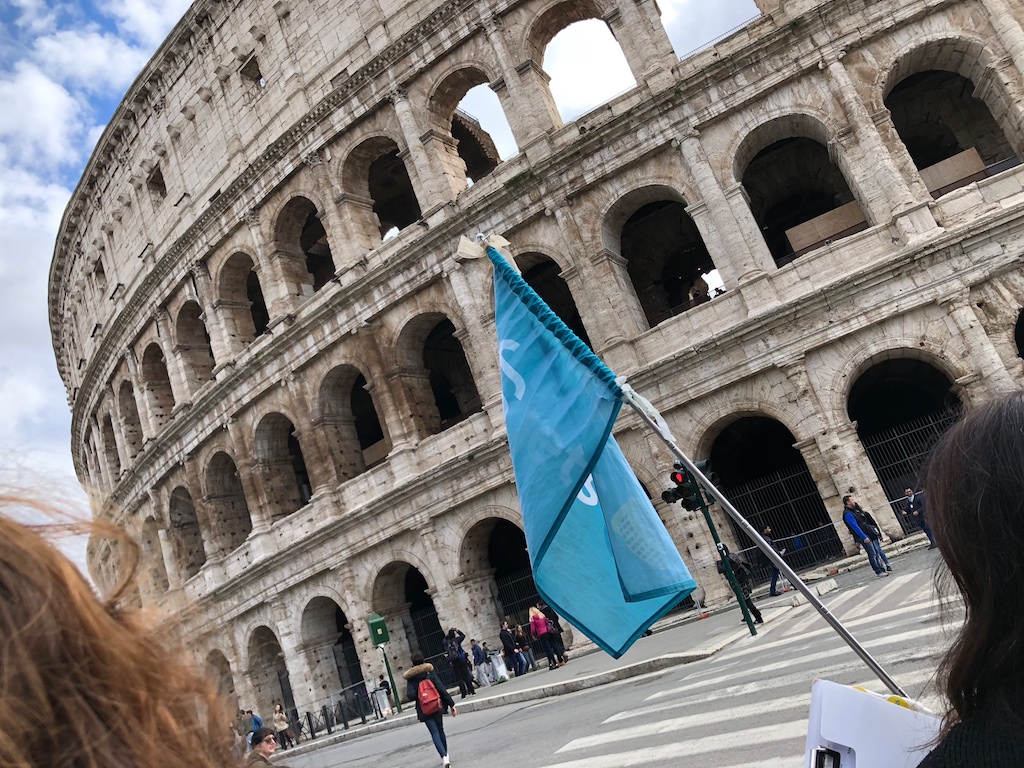
After getting everyone situated, our group leader led us to the Colosseum.
It’s really a beautiful structure once you get up close and can make out the details.
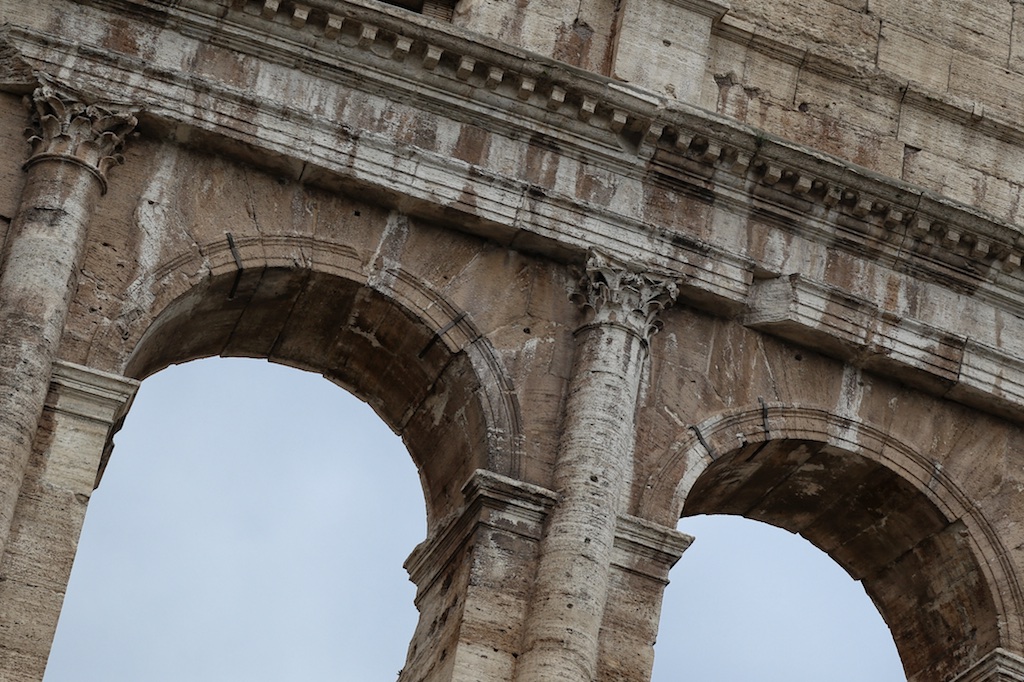
We then made our way through the security which was much shorter than the standard line open to the public.
Once we made it through security we were free to explore on our own so everyone in the group dispersed.
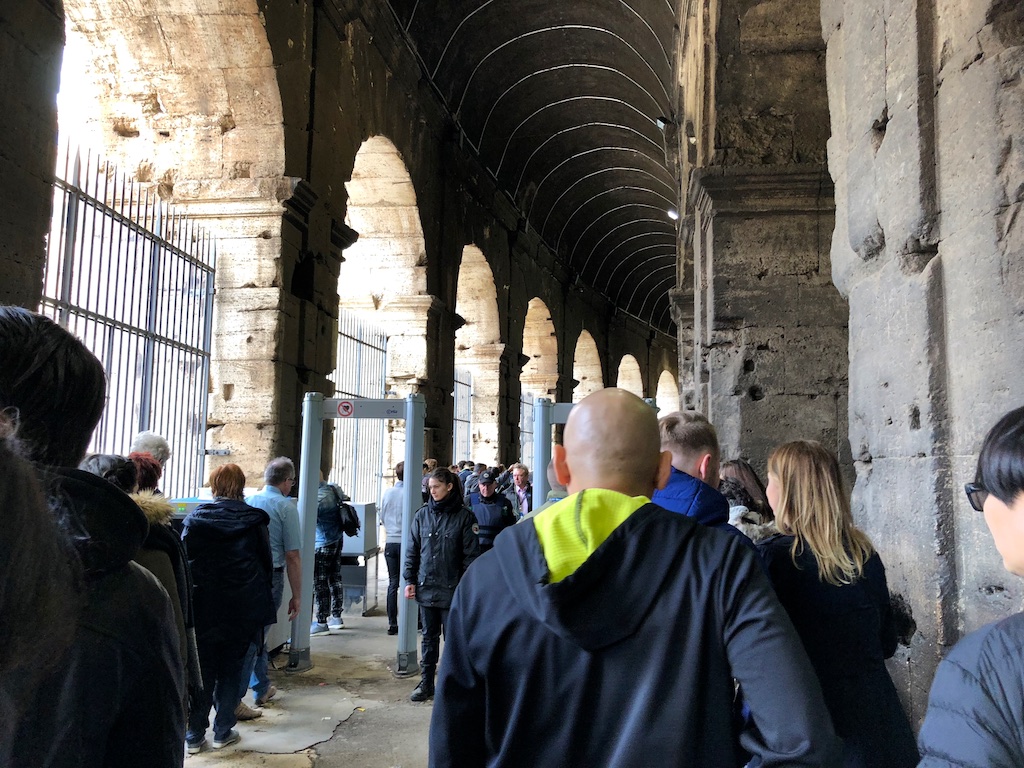
We made our way to the second floor first since I was very curious about the views up there.
After making our way up some big stairs, the entire view of the inside of the Colosseum Rome opened up to us. Some people say that the Colosseum feels smaller to them than they anticipated but to me it looked even larger.
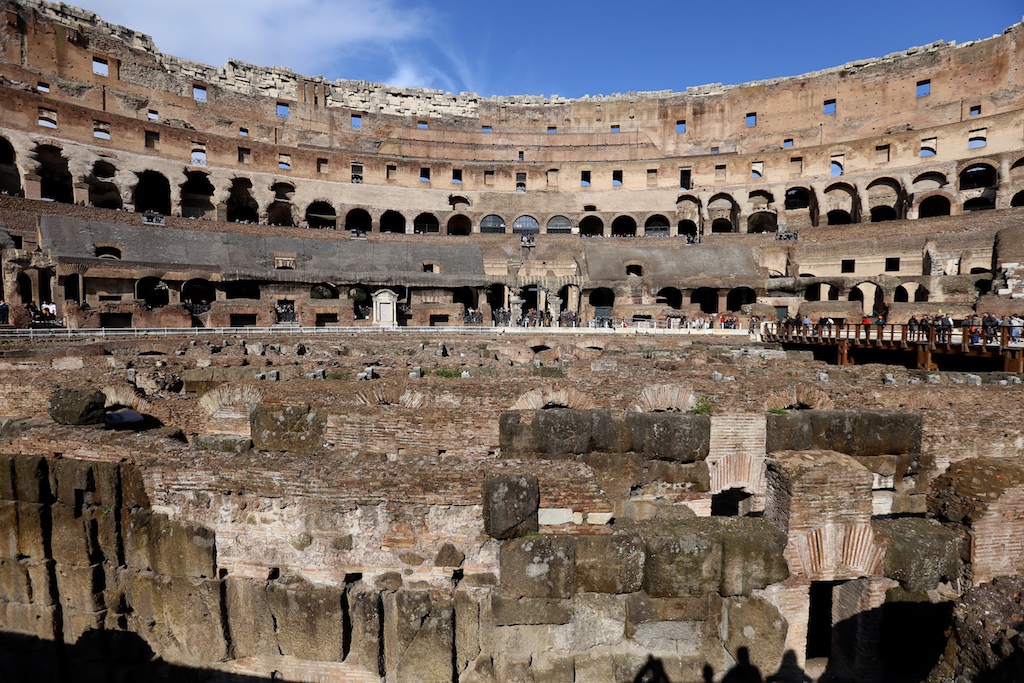
As you walk around the second floor, you’ll notice that there are some cut-out areas of railing which are ideal for getting your photos.
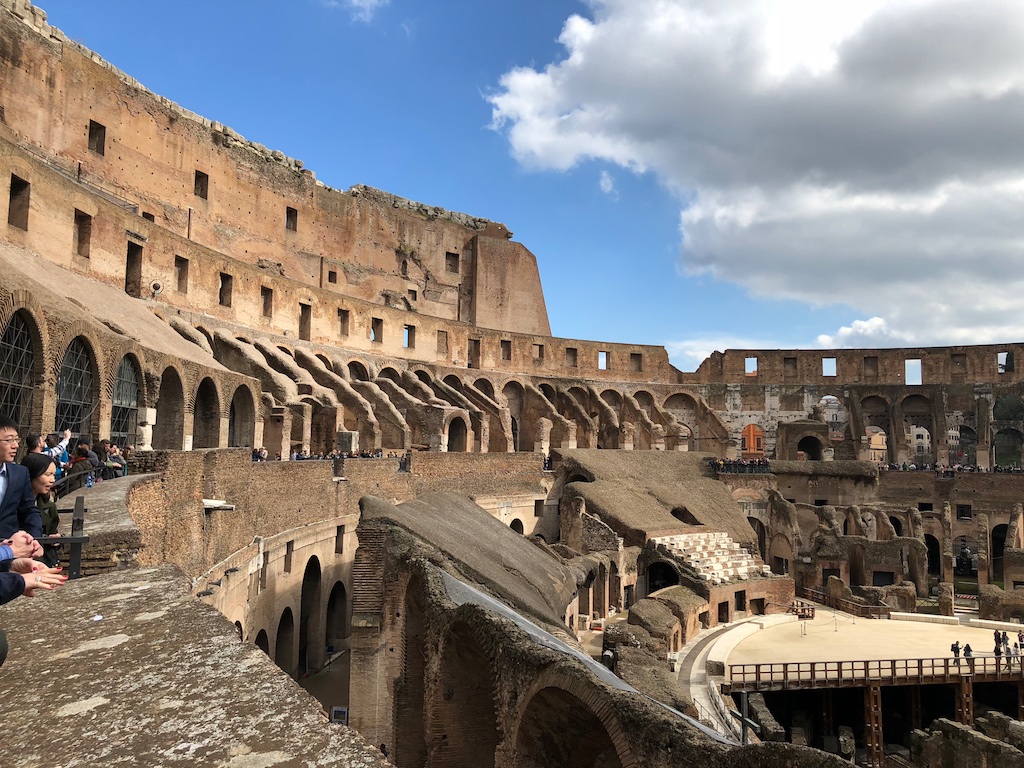
Some of these areas stayed very busy so if it’s crowded you’ll need to be a little aggressive to lock down your position. If you don’t snag one of these spots, then you might struggle to remove the foreground of the walls that are before you.
Don’t forget to look outside either.
You’ll get a great view of the Arch of Constantine, which was erected by the Roman Senate to commemorate Constantine I’s victory over Maxentius at the Battle of Milvian Bridge in 312.
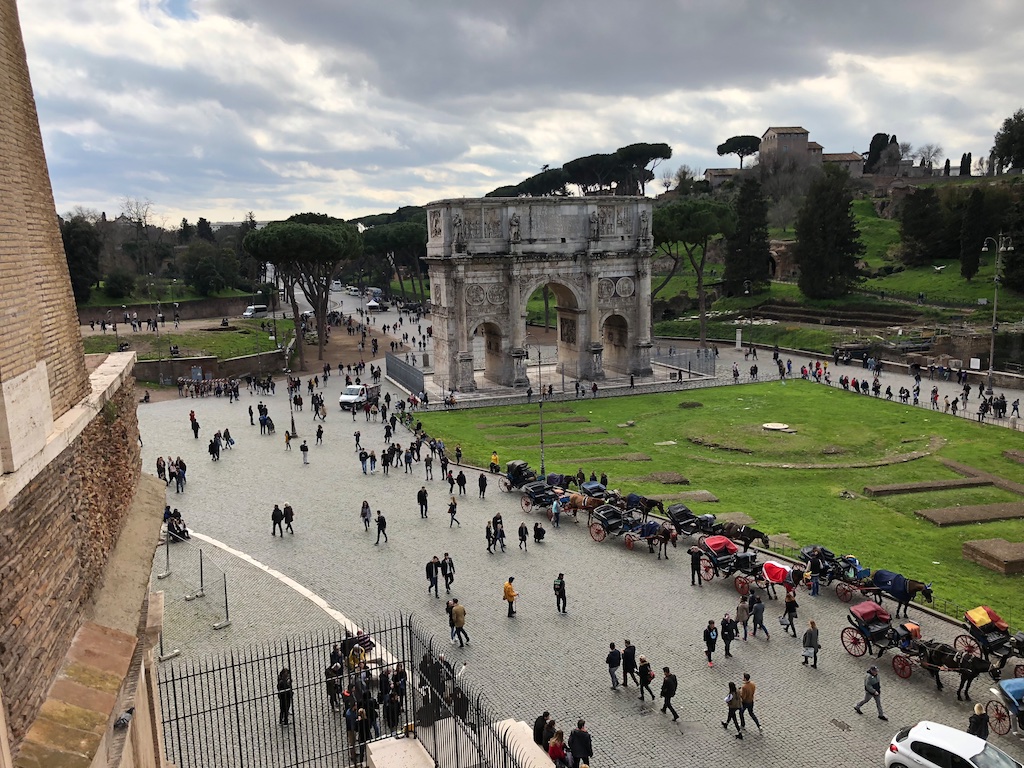
We took one lap around the second story and then checked out the gift shop and then we were more or less ready to go. Walking around the upper deck is a cool place to ponder history, but I’m not the type of person to spend hours staring off to ruins.
Luckily, there are some exhibits to keep you occupied. I’m not sure if they are permanent or constantly changing, but I imagine they’ll always have some sort of exhibits on display at the Colosseum.
Colosseum Rome exhibits
After checkin in the views, we moved on to all of the different exhibits on the second floor.
One of my favorite exhibits was the one pictured below which was a stone from the Colosseum’s dedication and actually had a message that was somewhat hidden.
The dots in the stone are where bronze lettering was hung and by studying the patterns, they were able to discover the hidden message.
That message explained that the Colosseum was to be built from the booty collected (described above).
There are a lot of other exhibits.
Some involve real artifacts while others are large models of that the Colosseum looked like back in the day. I really enjoyed checking out these exhibits so I highly encourage you to give them some of your time.
While I really enjoyed just strolling through the two floors of the Colosseum, I wish I would have booked a tour that either offered arena floor access or better yet, the underground tour. I feel that those tours would have offered something a bit more unique to the experience.
I also would have thought more about doing the audio guide if I could go back since I felt like I could have learned so much more about the Colosseum.
Final word
After reading this, hopefully you have an idea of what to expect to when you visit the Colosseum. Take a look at all of the different ticket packages to see which one fits your interest the best but chances are you can’t go wrong with any of them given how special of a place the Colosseum is.
Daniel Gillaspia is the Founder of UponArriving.com and the credit card app, WalletFlo. He is a former attorney turned travel expert covering destinations along with TSA, airline, and hotel policies. Since 2014, his content has been featured in publications such as National Geographic, Smithsonian Magazine, and CNBC. Read my bio.

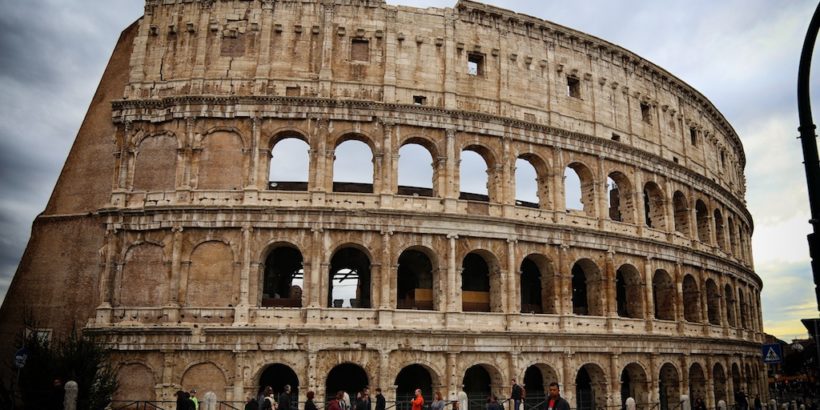
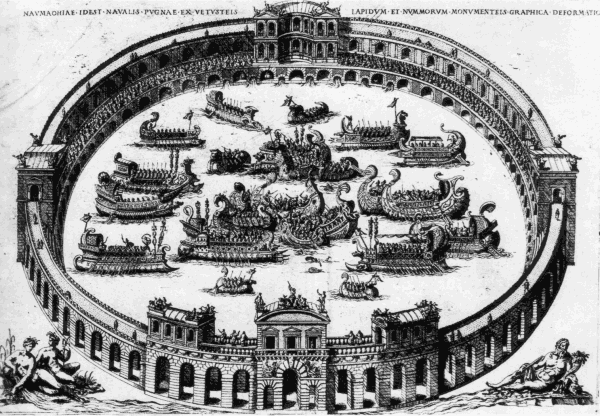
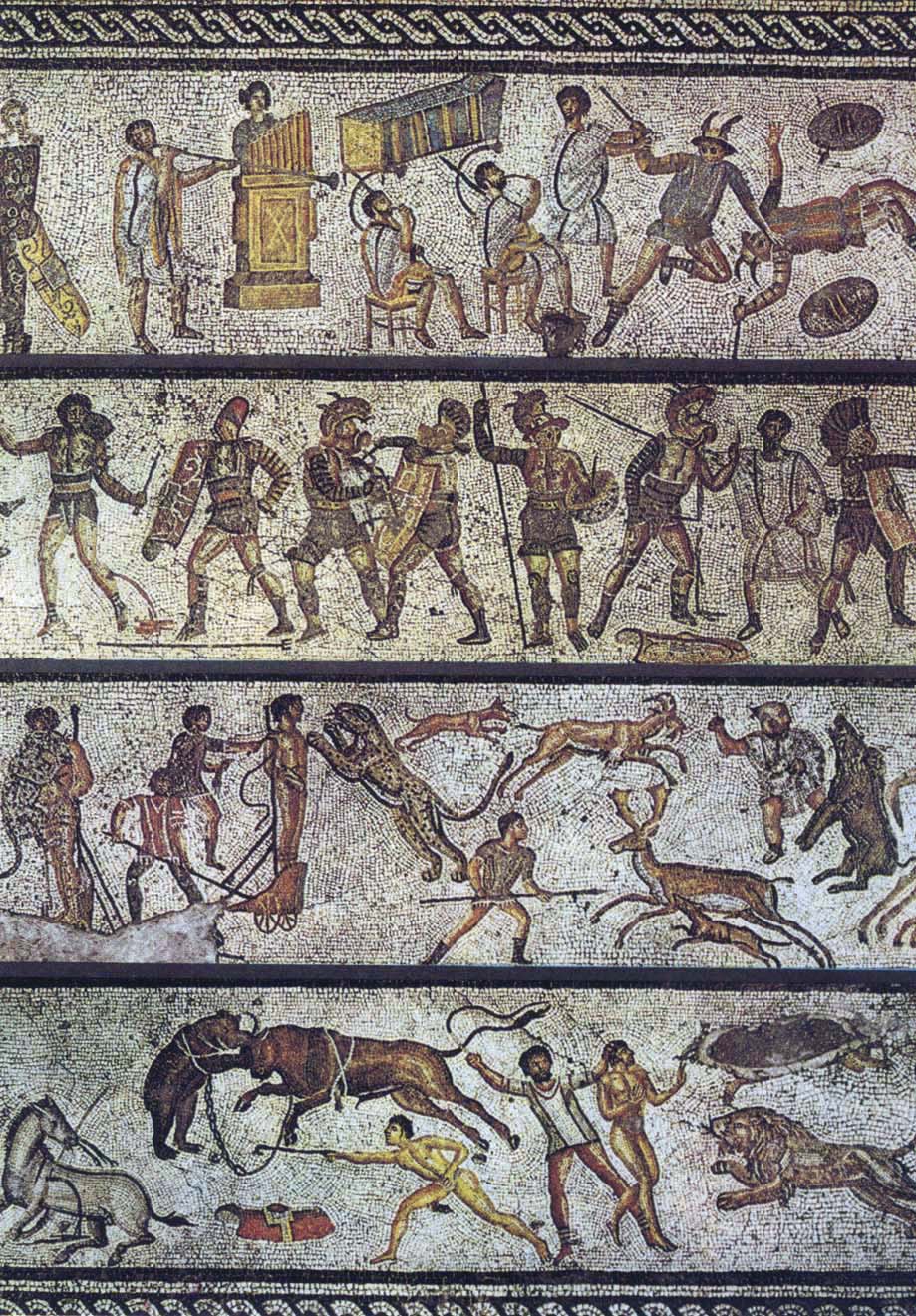
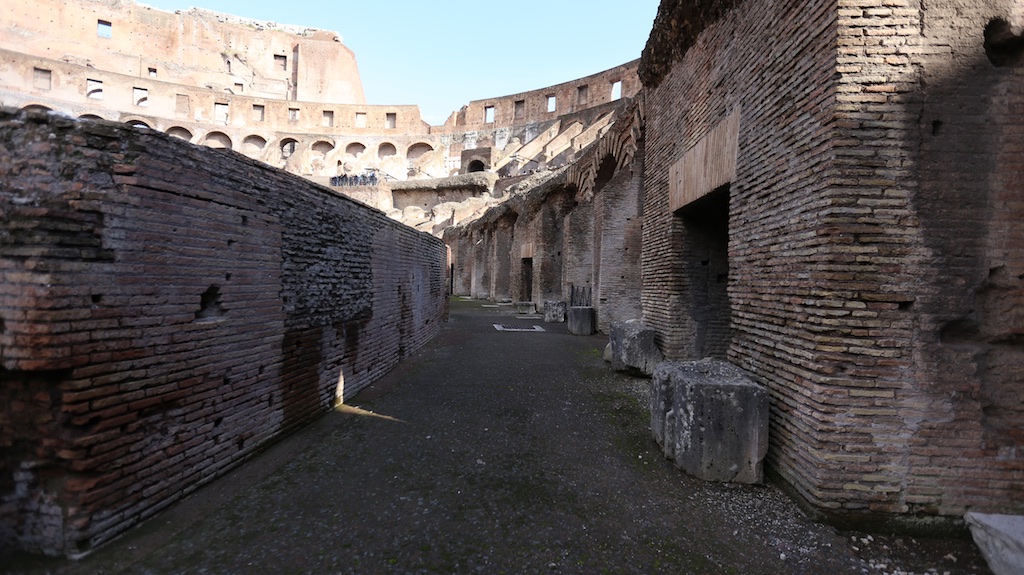
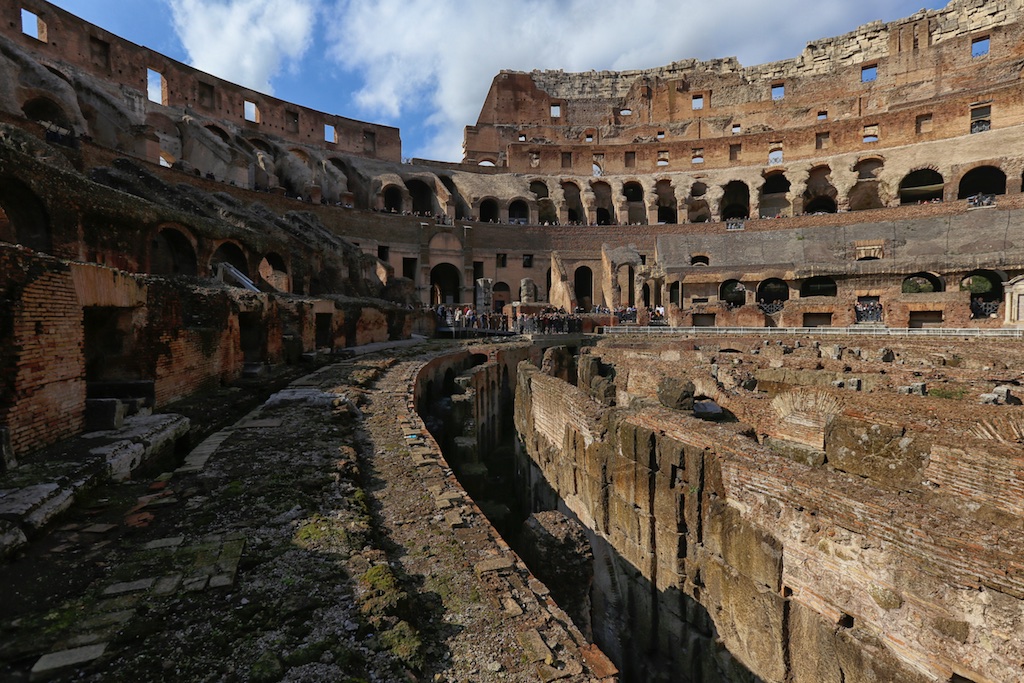
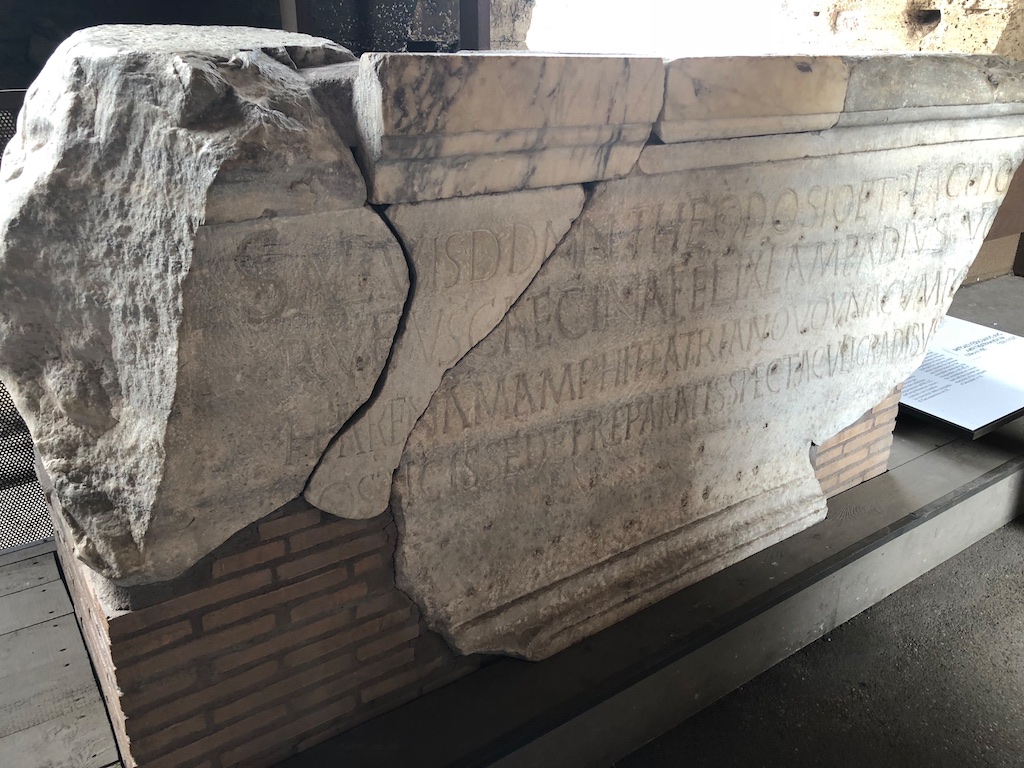
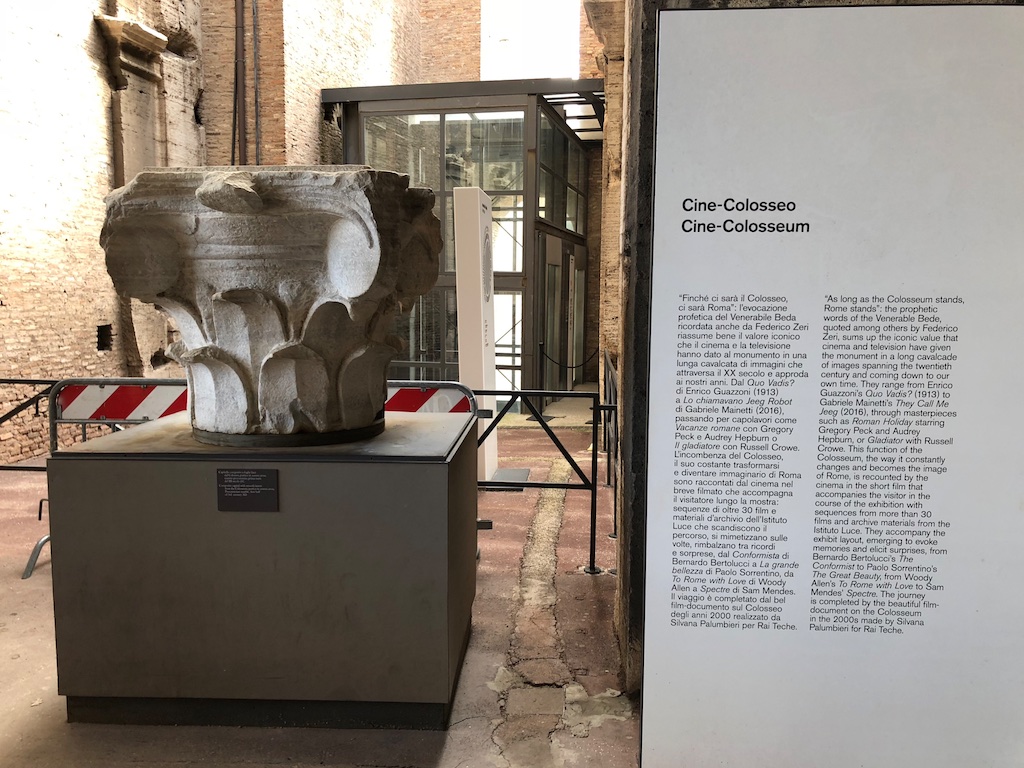
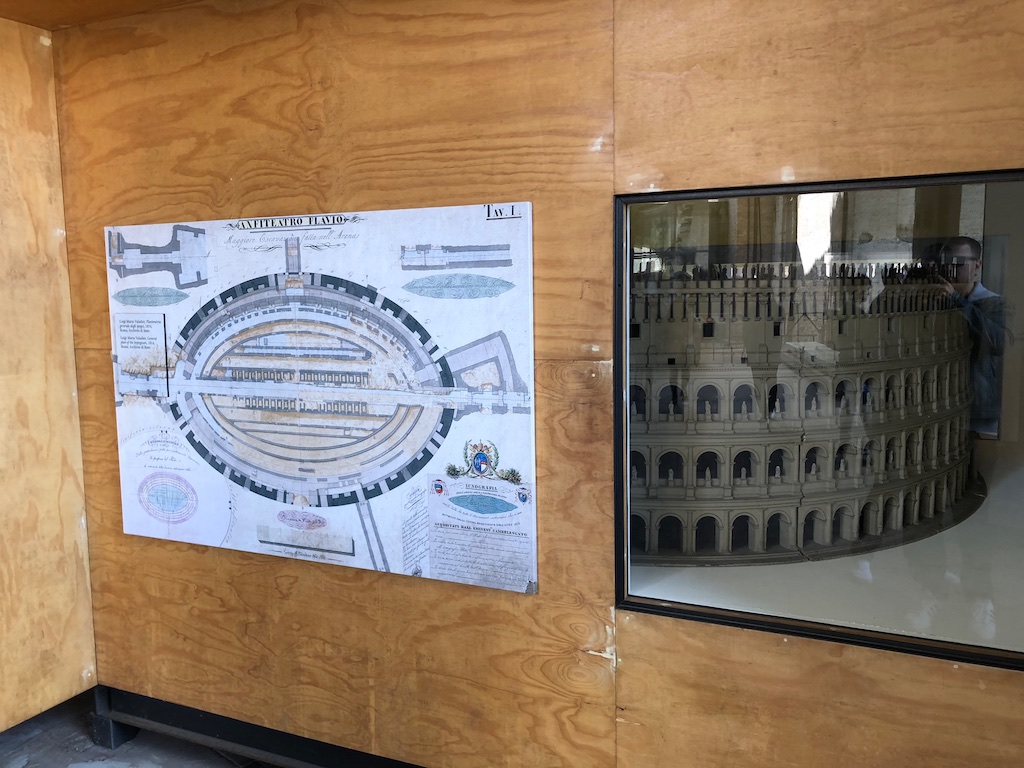
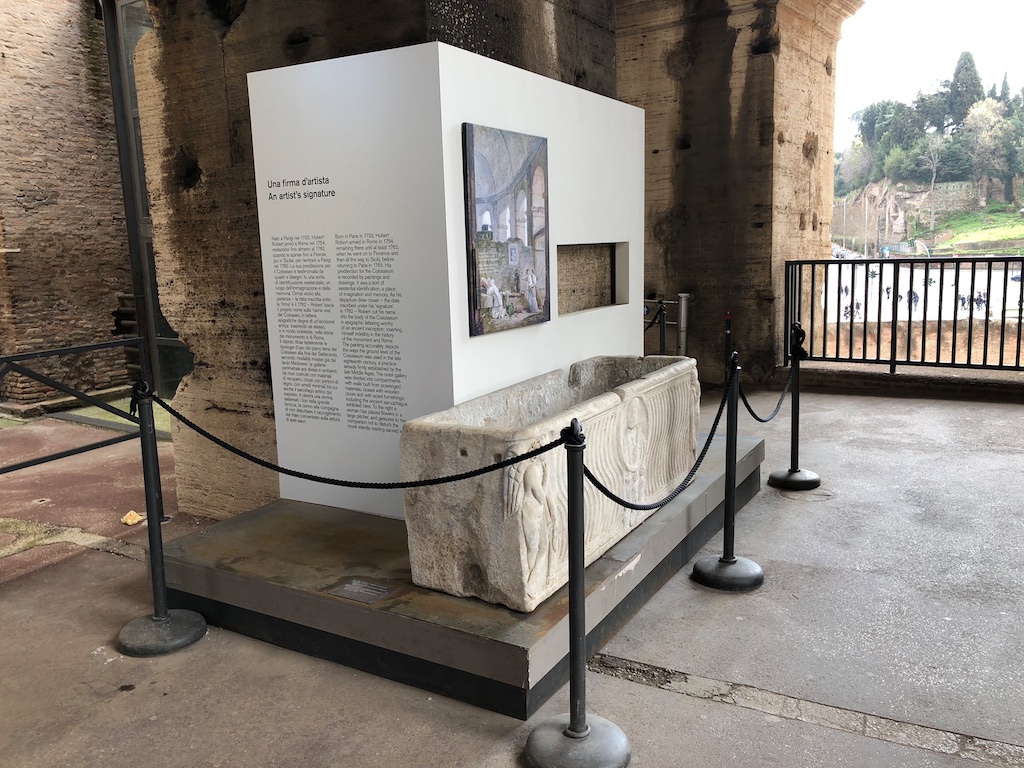

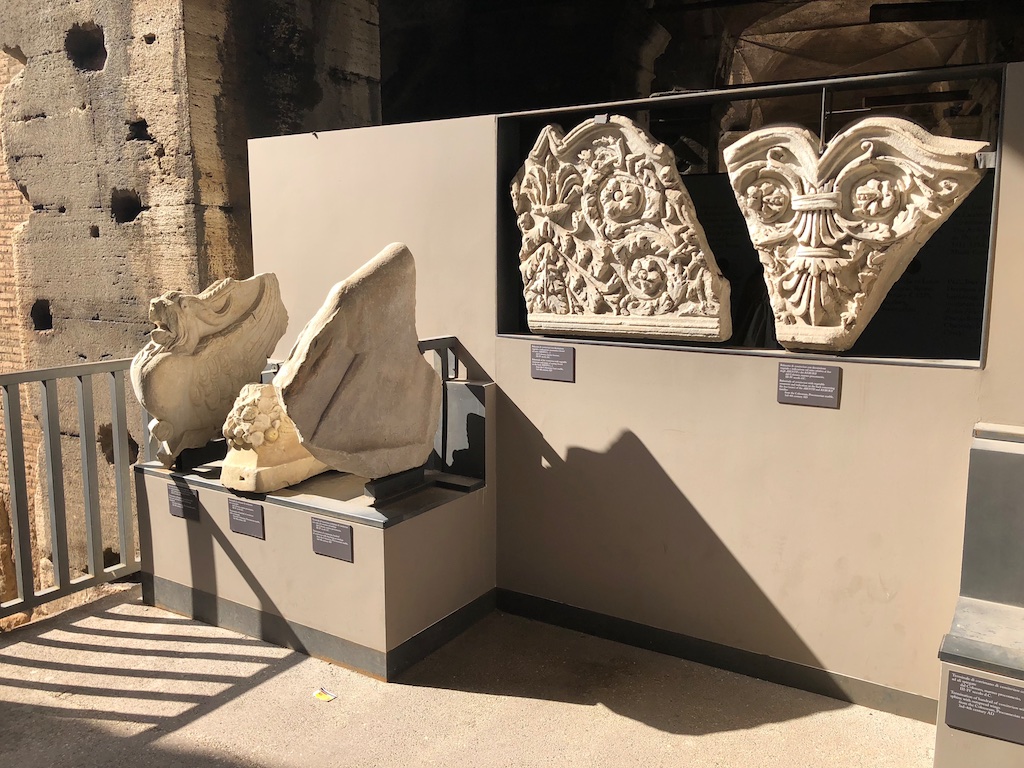
One comment